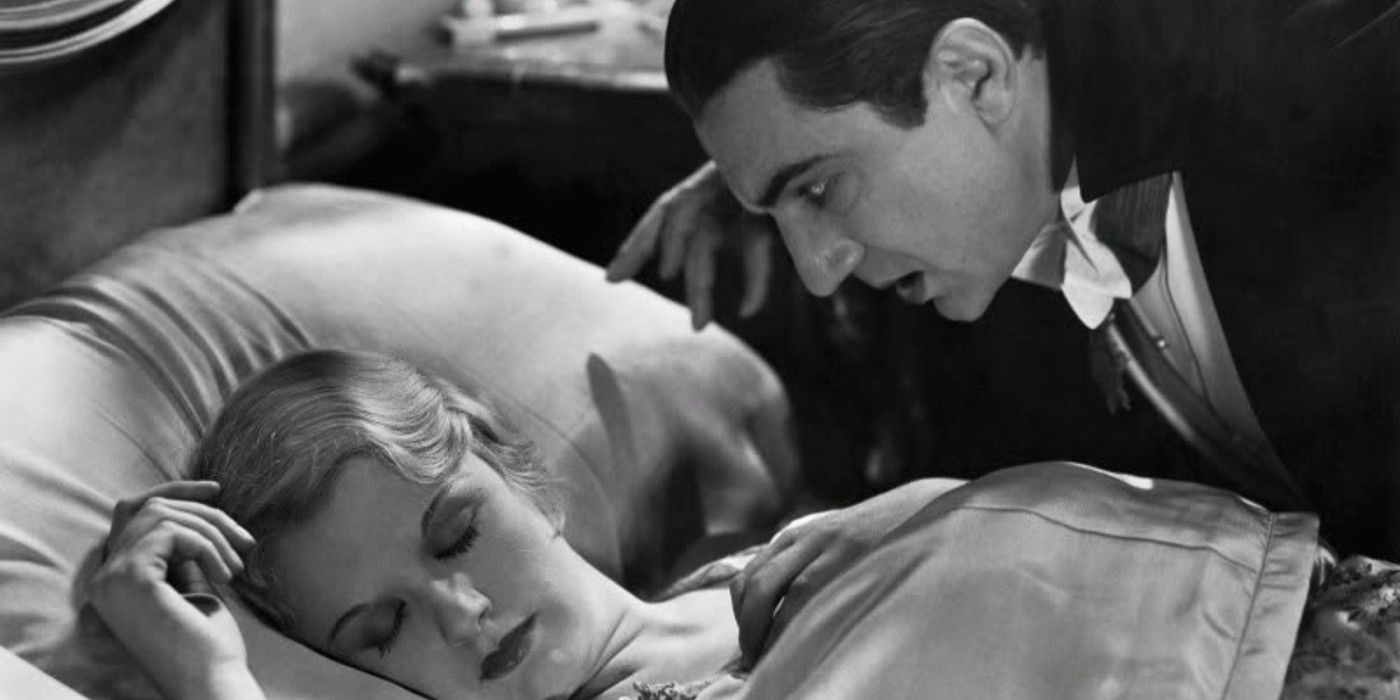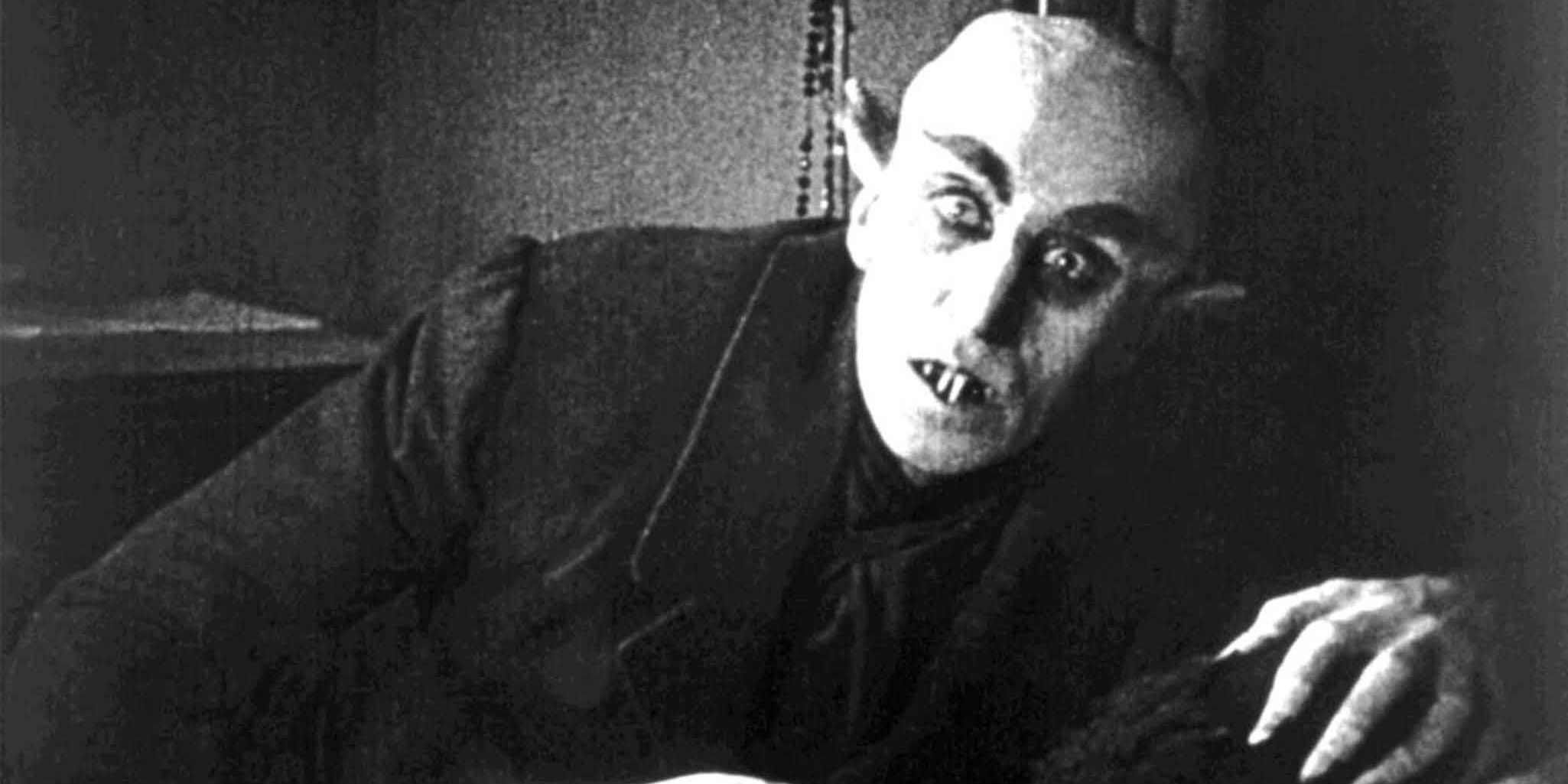F.W. Murnau's Nosferatu officially turned 100 earlier in 2022, prompting a new wave of attention and criticism aimed at the venerable horror classic. The film is notable not only for its durability and influence but also as a snapshot of the era in which it was made. That era contains a number of eerie parallels to the contemporary world, as it grappled with the impact of the 1918 Influenza pandemic and the seeds of fascism began to germinate. The movies were a new medium at that point -- not entirely unlike the Internet -- and bad faith players recognized the key role it could play in propaganda.
Rightly or wrongly, Nosferatu reflects some of that darkness, complete with visual imagery and underlying themes infused with Antisemitism. The specifics are complicated, and it's certainly not the only film of the era with problematic content. But its lingering status as a cinematic classic draws attention to its complex relationship both with the rise of Nazism in its home country and with the cultural conditions that helped foster it. The time and place in which it was made fostered monsters in the decades to follow, and it's not entirely free of the connection.
The myth of vampirism has always been rife with Antisemitism, playing on fears of otherness and blood libel (an old and thoroughly discredited lie that Jewish people "drink Christian blood") in its images. Bram Stoker's original novel Dracula was laden with it, presenting its famous Count as an Eastern European immigrant who arrives in London to spread vampirism and corruption. That includes seducing the novel's two female protagonists -- both white women -- into becoming his brides and one problematic line involving the earth in his boxes, which smells of "ole Jerusalem."
The various adaptations of the novel often seek to downplay its Antisemitism, with mixed success, as noted in The Forward and numerous other sources. Bela Lugosi's famous Count in 1931's Dracula, for instance, wears a six-pointed star as a medallion -- evocative of the Star of David -- while Gary Oldman's Count in the 1992 Francis Ford Coppola version features the Count feeding a baby to his brides: an echo of the blood libel lie. Neither film is considered Antisemitic (the Coppola version specifies that he's a fallen Christian knight), and yet they both demonstrate the difficulty in extricating that dark thread from the source material.
Nosferatu leaned more heavily into the tropes than most, particularly in its depictions of disease and plague. Though ostensibly an original story, with a German setting and characters such as "Count Orlok" clearly renamed, its connections to Dracula are obvious, and modern versions cite Stoker in the credits. As discussed at length in The Tablet and elsewhere, its emphasis on contagion spread by outsiders is hard to dismiss. That includes the idea of an immigrant coming into a "pure" German community and corrupting it through disease and "unclean blood."
Its central couple is depicted as virginal subjects of Count Orlok's sinister machinations, with the Count himself sporting a large nose and bushy eyebrows (both Antisemitic stereotypes). Rats play an abnormally large role in the film's imagery as well: spreading from Orlok's coffin and symbolizing the contagion he carries. There are also implications of a larger occult conspiracy, particularly in a brief shot of Orlok's letter to his agent, Knock. It contains a number of occult symbols, as well as a Star of David.
The images are powerful and had a dramatic impact in the wake of the Influenza pandemic. Germany itself was grappling with the impact of the Versailles Treaty, which held it accountable for World War I, as well as the shocking loss of life experienced by most of the war's participants. The resulting economic and political turmoil ultimately fed the rise of fascism in the ensuing decade. Nosferatu's imagery easily drums up scares of disease-ridden outsiders spreading death and fever, carried through the blood and destroying communities who don't protect themselves from them.
The Nazis made copious use of similar imagery in their own propaganda, and some of their enablers appear to have taken inspiration from it. Most notable was Julius Streicher, chief editor of Hitler's newspaper Der Stürmer, who, according to The ANU Museum in Tel Aviv, became fascinated with Nosferatu and drew images from it for the paper's racist content. Hitler's infamous autobiography Mein Kampf likens Jews to vampires -- complete with the drinking of blood and aversion to sunlight -- and the Nazis' ugly wartime propaganda film The Eternal Jew actively associates them with both plague rats and copious bloodletting. Thus, Nosferatu's fears of contamination and outsiders make the leap to open racism with troubling ease.
Yet, as the Tablet article discusses, there is no sign that the filmmakers themselves were Antisemitic or had any such designs in their movie. Indeed, many of the artists involved were actively persecuted by the Nazis. Both screenwriter Henrik Galeen and actor Alexander Granach (who played Knock) were Jewish and fled Germany following the rise of Hitler to live the remainder of their lives in exile. Gustav von Wangenheim, who played the film's hero Hutter, was a member of the Communist Party and similarly left the country before returning to East Germany after the war. Producer and production designer Albin Grau -- the man most responsible for Nosferatu's powerful imagery -- belonged to several occult organizations associated with Aleister Crowley and emigrated to Switzerland in 1936 until after the war. Murnau, an openly gay man, emigrated to Hollywood in 1926 and was killed in a car accident in 1931 before the Nazis came to power. He never faced accusations of Antisemitism, however, and Lotte Eisner's biography Murnau relates his regular friendships and work associations with the Jewish community of Weimar Germany.
It makes for a complicated legacy, drawn partly from its source material but also from norms at the time which saw little issue with such content. Nosferatu is hardly the only film guilty of passive or unintentional stereotyping, yet its lingering impact -- and the genuine artistic accomplishment it represents -- will be forever dogged by its more problematic elements, however inadvertently presented. The Nazis' amplification of the same hateful imagery draws its shortcomings into sharp relief, as do present circumstances that echo 1922 in a number of disquieting ways. Social media has served as an outsized bullhorn for distortion and disinformation, in much the same way the movies were in Murnau's time -- and with a similar rise in fascism marked by a global pandemic, the dangers of Nosferatu's problematic side have never gone away. In many ways, it painted its shadows too well: illustrating a darkness that has nothing to do with its fictional monster and which continues to stalk its audience 100 years after its release.



